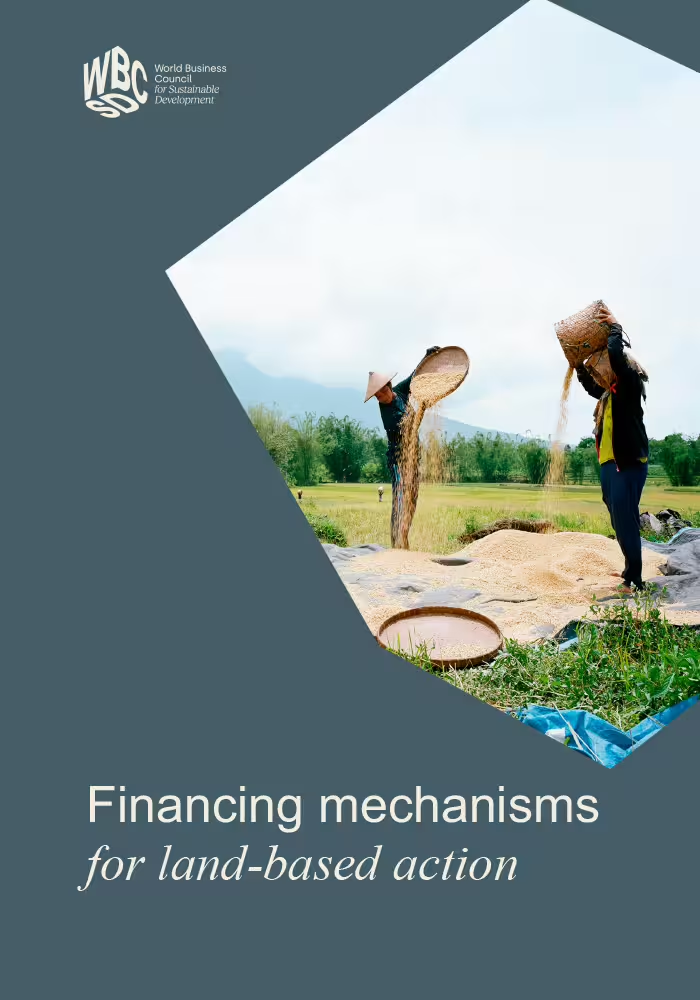Land-based investments that reduce or remove greenhouse gas (GHG) emissions present a critical opportunity for companies, particularly those in the agriculture and food sectors, to contribute significantly to climate mitigation and adaptation.
This white paper informs and guides corporate stakeholders on how to effectively scale financing in land-based interventions. It provides an overview of the different mechanisms across value chain investments and beyond value chain (BVC) investments – and sets out the key advantages, considerations and priority needs for scaling.
You’ll learn about:
- There are several mechanisms for corporate investment in land-based action: These mechanisms are interconnected but may not be mutually exclusive and can be used to finance land-based action with positive outcomes for climate, nature and livelihoods.
- The most impactful mechanism depends on the objectives and activity type: Companies and stakeholders need to determine the best investment mechanism for any given area of land.
- We need all these mechanisms to work at scale for farmers and producer communities: Understanding the advantages and considerations of the mechanisms can help unlock investment.
WBCSD calls on agrifood corporates to include these mechanisms in their sustainability strategy by:
1. Leveraging a portfolio of mechanisms
2. Delivering co-benefits
3. Engaging farmers
4. Using credible claims & disclosures
5. Adopting and improving monitoring reporting and verification (MRV) practices
6. Committing to long-term investments
7. Prioritizing collective action
The paper also identifies actions for government, standard-setters, financial institutions, project developers, farmers and local communities.
Download the publication
